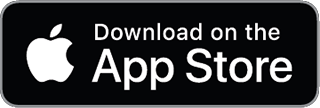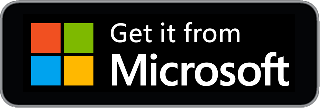Are RSS Feeds Public?
Yes, the majority of RSS feeds are public, designed to broadcast content updates from websites to a wider audience. However, the nature of their accessibility can vary based on the website's intent and configuration. While many sites use RSS to share content openly, there are instances where feeds might be restricted or private. This article delves into the nuances of RSS feed accessibility, exploring the spectrum from public broadcasts to more exclusive content channels.
The Essence of RSS: Open Broadcasting
RSS, which stands for Really Simple Syndication, was conceived as a tool to simplify content distribution. Its primary function is to allow websites to share updates, articles, and other content in a standardized format. Given this foundational purpose, most RSS feeds are inherently public, enabling anyone with an RSS reader to subscribe and receive updates.
Why Most RSS Feeds are Public
The primary allure of RSS for content creators is its ability to reach a broader audience without relying on them to visit the website directly. By making their RSS feeds public, websites can:
- Increase their reach, as users can easily subscribe and get updates.
- Enhance user engagement, as subscribers receive content directly and can read it at their convenience.
- Bypass the unpredictability of social media algorithms, ensuring that content reaches all subscribers without being filtered or prioritized.
Exceptions to the Rule: Private RSS Feeds
While the open nature of RSS is a defining characteristic, there are scenarios where feeds might be private or restricted:
- Subscription Services: Some websites, especially those offering premium content, might provide RSS feeds only to paying subscribers. This ensures that exclusive content remains accessible only to those who've paid for it.
- Internal Communications: Companies might use RSS feeds for internal communications, sharing updates or news with employees. Such feeds would be private, accessible only within the organization.
- Beta Releases or Testing: Content creators testing new features or content types might use private RSS feeds to share updates with a select group before a public release.
Navigating the World of RSS
For users keen on exploring the vast landscape of RSS feeds, it's essential to have a tool that can seamlessly access both public and any permissible private feeds. This is where modern RSS readers come into play, offering a unified platform to manage subscriptions and consume content.
In Conclusion
While the ethos of RSS revolves around open content distribution, the world of RSS is diverse, with both public and private feeds coexisting. Understanding this dynamic is crucial for both content creators and consumers. For those eager to dive deep into the world of RSS and experience the best of both public and private content streams, the Feed Viewer app stands as a beacon, offering a seamless, modern, and intuitive RSS experience. Embrace the world of RSS with Feed Viewer, and curate your digital journey with precision and ease.

